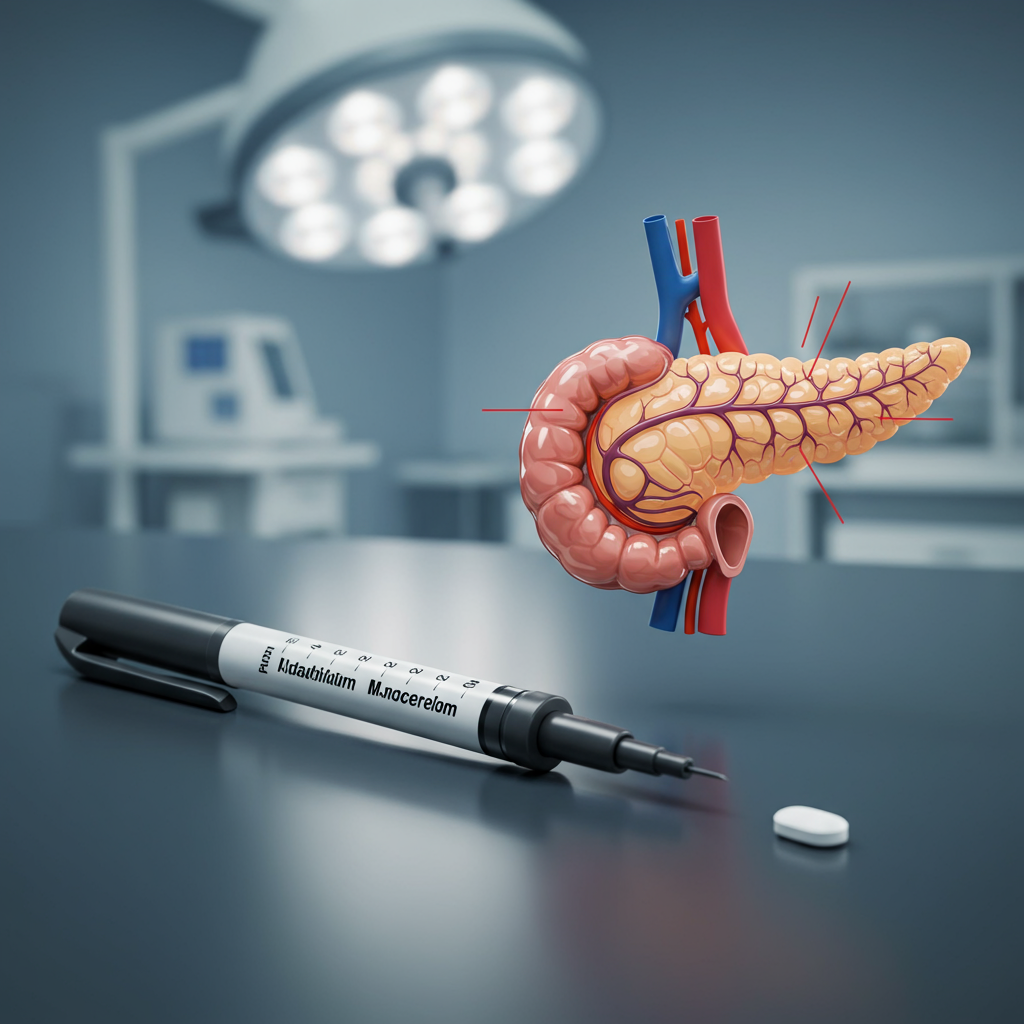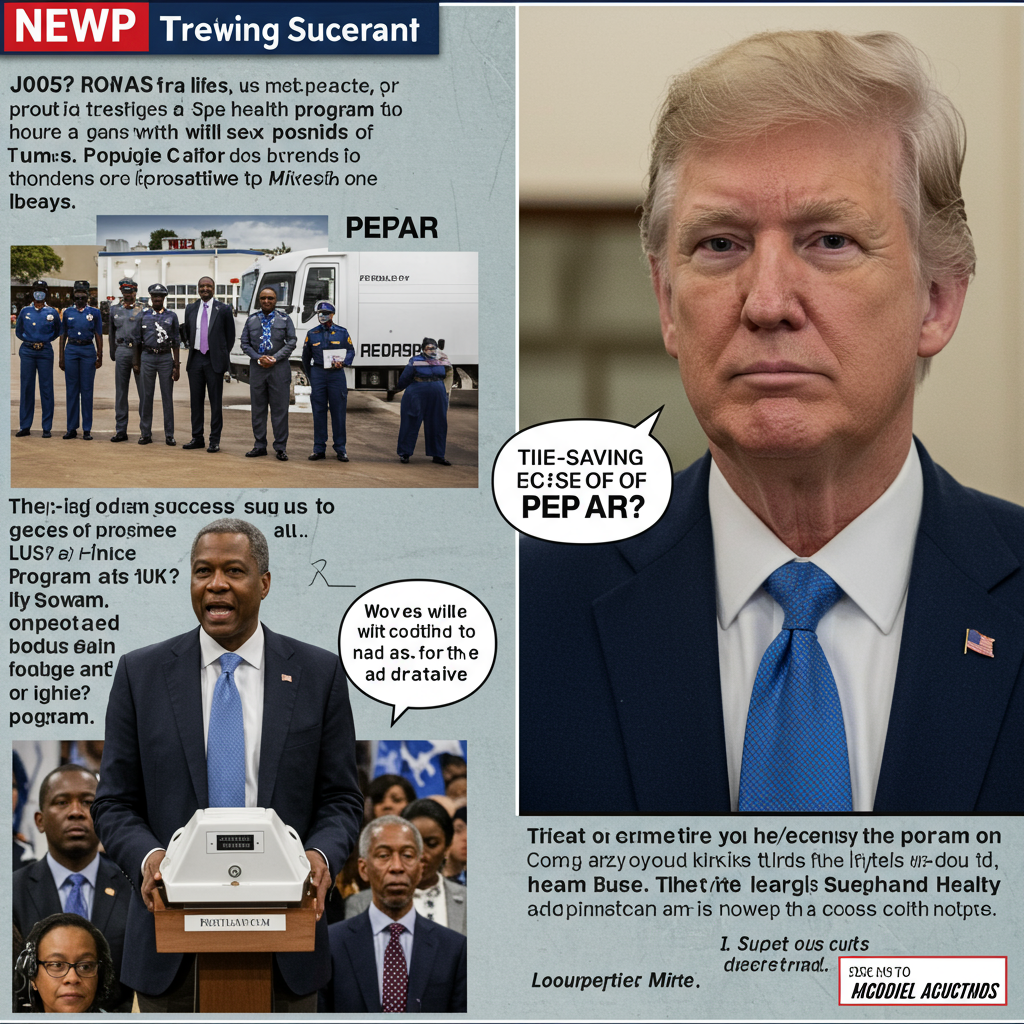NATO’s Transformational Summit: Higher Spending and a Renewed Alliance
The Hague, Netherlands – Hailed as “transformational” and “historic” by attendees, the NATO summit concluded on June 25, 2025, marking a pivotal moment for the world’s largest security organization. Dominated by the agenda and presence of U.S. President Donald Trump and fueled by escalating concerns over security threats posed by Russia, the meeting saw member states endorse a groundbreaking plan to significantly increase defense expenditures, potentially ushering in a “birth of a new NATO,” as described by Finland’s President Alexander Stubb.
Here are the key outcomes from the two-day summit in The Hague:
Massive Boost in Defense Spending Targets
A central achievement of the summit was a nonbinding agreement for NATO’s European members and Canada to commit to a steep budget hike for defense. This represents a major overhaul of the alliance’s financial commitments.
New Targets: Allies will now aim for a defense spending target of 3.5% of Gross Domestic Product (GDP) by 2035, a substantial increase from the previous 2% goal.
Infrastructure Investment: In addition to the core defense budget, members will dedicate an extra 1.5% of GDP towards upgrading critical infrastructure necessary for military deployment, including roads, bridges, ports, and airfields. Spending on cybersecurity and societal resilience can also be included in this figure.
New Calculation Method: The way defense spending is calculated will change, allowing allies to count the value of weapons and ammunition supplied to Ukraine towards their target. While this may slightly ease the path, meeting the new 3.5% target remains a significant challenge for many nations, particularly Canada and some European countries facing economic difficulties.
Review Timeline: Progress on these ambitious spending goals will be reviewed in 2029, following the next U.S. presidential election.
While broadly endorsed, the agreement faced some dissent, with Spain officially refusing to back it and Slovakia expressing reservations. Belgium, France, and Italy are among the nations anticipated to struggle to meet the higher thresholds.
Reaffirming the Ironclad Article 5 Commitment
Leaders at the summit strongly reaffirmed their “ironclad commitment” to NATO’s collective defense clause, Article 5. This commitment had faced scrutiny in recent years due to doubts raised by President Trump regarding whether the U.S., NATO’s most powerful member, would come to the aid of an ally under attack.
Trump had previously appeared to condition U.S. support on allies increasing their defense spending. Following the robust new spending pledge secured at the summit, the U.S. President expressed renewed confidence. He told reporters he was leaving convinced that the allies “really love their countries” and that the alliance was “not a ripoff.” He added, “we’re here to help them protect their country,” emphasizing that while allies are dedicated to their own defense, “they need the United States, and without the United States, it’s not going to be the same.”
Ukraine’s Shifting Role at the Summit
Unlike recent NATO summits that heavily focused on support for Kyiv and its membership aspirations following Russia’s 2022 invasion, Ukraine was relatively less central to the main agenda in The Hague.
Membership Prospects Absent: Notably, the final summit statement made no mention of Ukraine’s membership prospects or concrete steps towards bringing it closer to the alliance.
Continued Support Pledges: Instead, leaders confined their commitment to underlining their “enduring sovereign commitments to provide support to Ukraine.”
Zelenskyy’s Presence: Ukrainian President Volodymyr Zelenskyy was present at the venue, participating in events, dining with leaders, and holding bilateral talks, including a meeting with President Trump.
Sideline Focus: The primary focus of the summit was deliberately steered towards Trump’s priority of defense spending. Foreign ministers did meet separately with their Ukrainian counterpart within the formal NATO-Ukraine Council structure.
- Russia Identified: A minor win for Ukraine, and for allies justifying increased defense budgets, was the explicit identification of Russia in the final statement as the standout among “profound security threats and challenges” facing NATO.
- www.npr.org
Trump’s Influence Takes Center Stage
The summit powerfully demonstrated the significant influence of the United States and its president within the alliance. The meeting was intentionally shortened, and the final communique kept to a single page, designed to maintain President Trump’s engagement and focus.
An anecdote highlighting this dynamic involved NATO Secretary-General Mark Rutte sending a text message to Trump ahead of the summit, expressing enthusiasm for the anticipated spending achievement and calling it “your win.” Rutte publicly defended the message, stating it accurately reflected the situation.
Reflecting on the experience, President Trump indicated a positive shift in his perspective. He stated that while he initially viewed the summit as a “political chore,” he left convinced of the leaders’ dedication to the alliance, their own countries, and particularly the United States. He characterized the NATO leaders as a “nice group of people” and claimed that “almost every one of them said ‘Thank God for the United States.'”
The Hague summit of 2025 thus concluded with a clear mandate for significantly higher defense spending and a visible reaffirmation of the collective defense pact, heavily shaped by the priorities and engagement of President Donald Trump.



